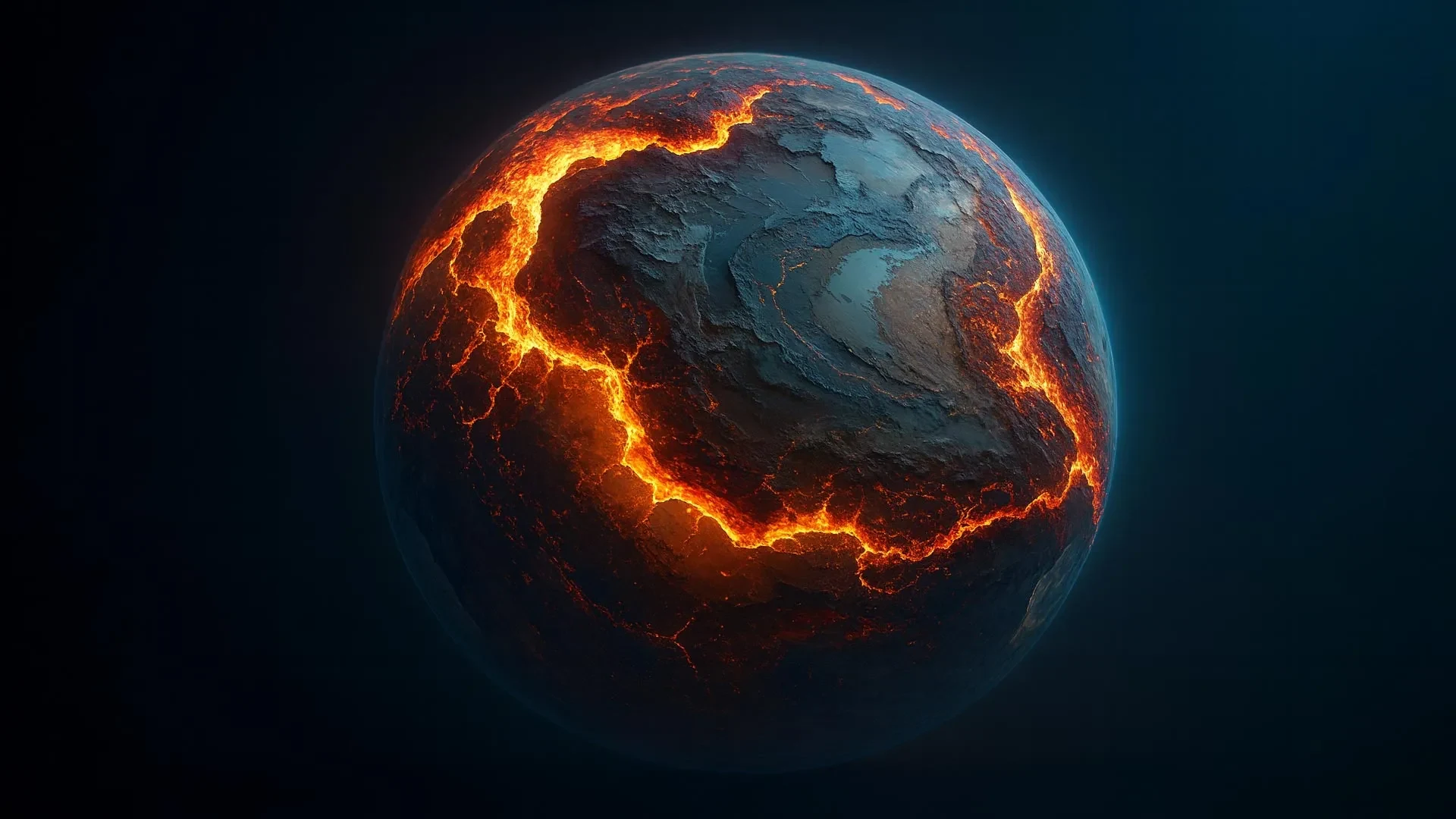A new study in Nature Geoscience reveals that temperatures above 900°C in Earth’s lower crust were essential for stabilizing the continents by driving heat-generating elements upward, supporting both habitability and modern mineral resources.

October 16, 2025

Source:
http://Phys.org
Planetary Processes Under High Heat
Researchers at Penn State, led by Andrew Smye, have discovered that temperatures above 900°C in Earth’s lower continental crust played a decisive role in stabilizing the planet's continents. Their study, published in Nature Geoscience on October 13, 2025, highlights how early Earth’s intense heat drove the upward movement of radioactive elements crucial for heat generation and long-term continental stability.
Key Mechanism
Radioactive Heating: Radioactive uranium and thorium generated significant heat in the lower crust.
Movement: As these elements rose, heat was transferred upward, enabling deeper crustal layers to cool and strengthen.
Continental Stability: This cooling and strengthening process was critical to the stabilization of Earth’s continents, allowing them to persist for billions of years.
Keep up with the story. Subscribe to the PR+ free daily newsletter

Source:
Science Daily
Mineral Distribution and Modern Relevance
The redistribution of heat also mobilized rare earth elements like lithium, tin, and tungsten. According to the Penn State team, these elements are vital for electronics, renewable energy, and vehicle batteries (Penn State News).
Impacts on Exploration
New Mineral Targets: Geological data from this study offers fresh guidance for locating critical minerals.
Technological Significance: The findings are directly relevant to supply chains for high-tech manufacturing and renewable energy infrastructure.
Understanding these geologic movements aids in tracing rare minerals needed in advancing technology across the world.
Read More

Source:
http://Earth.com
Share this news:




















